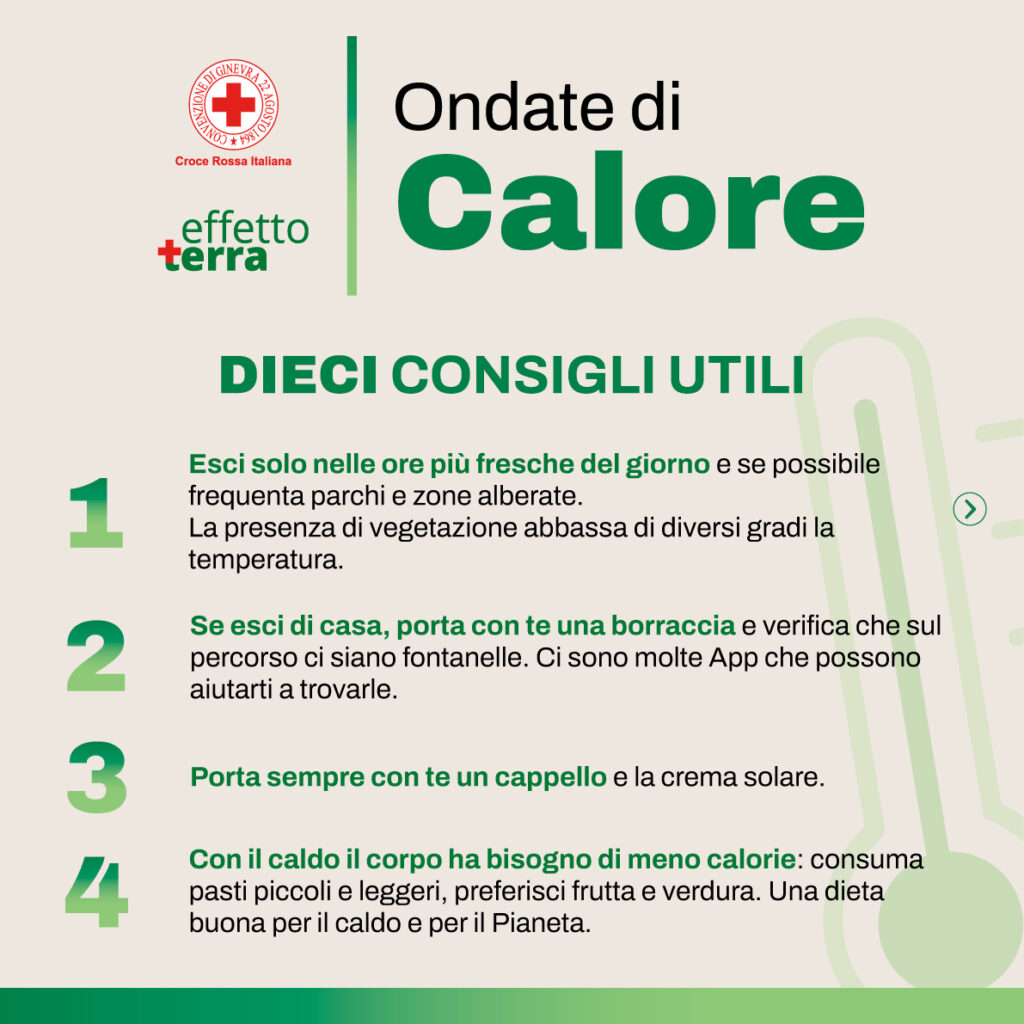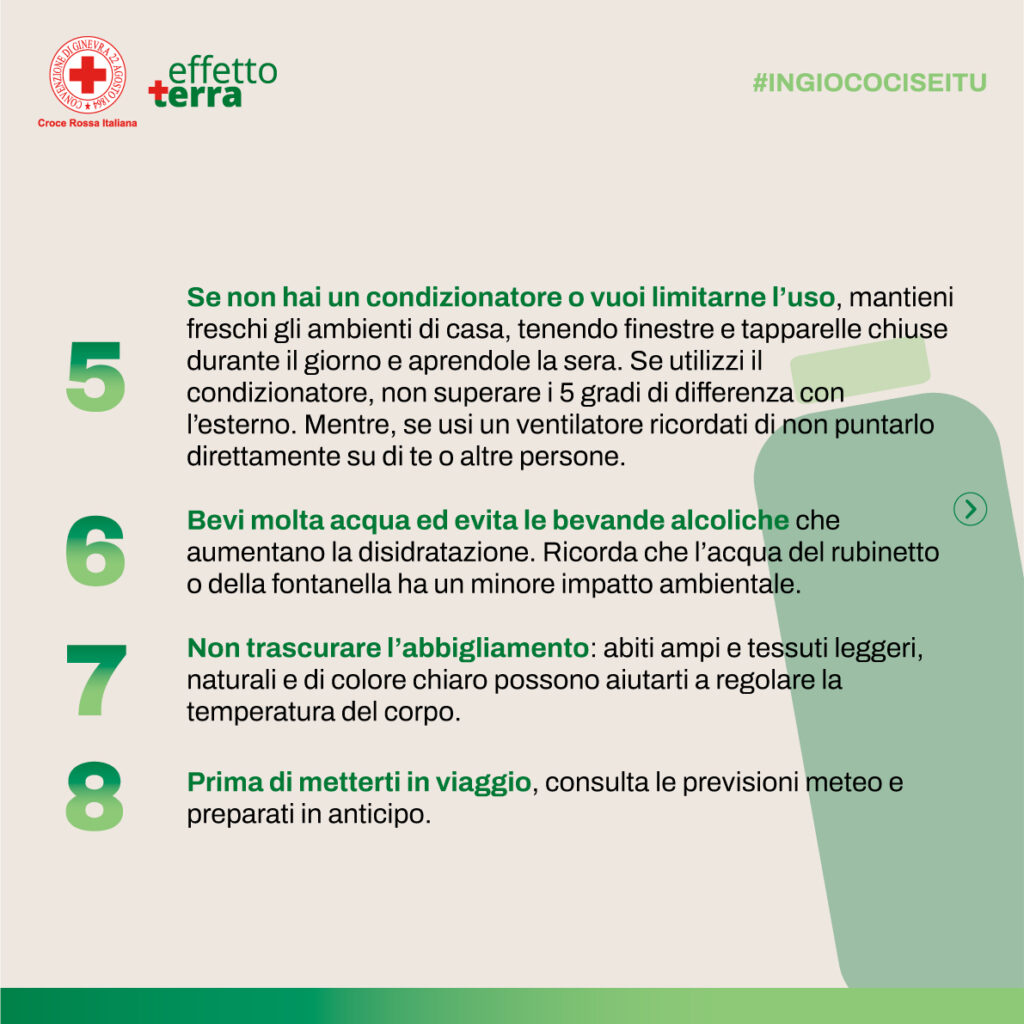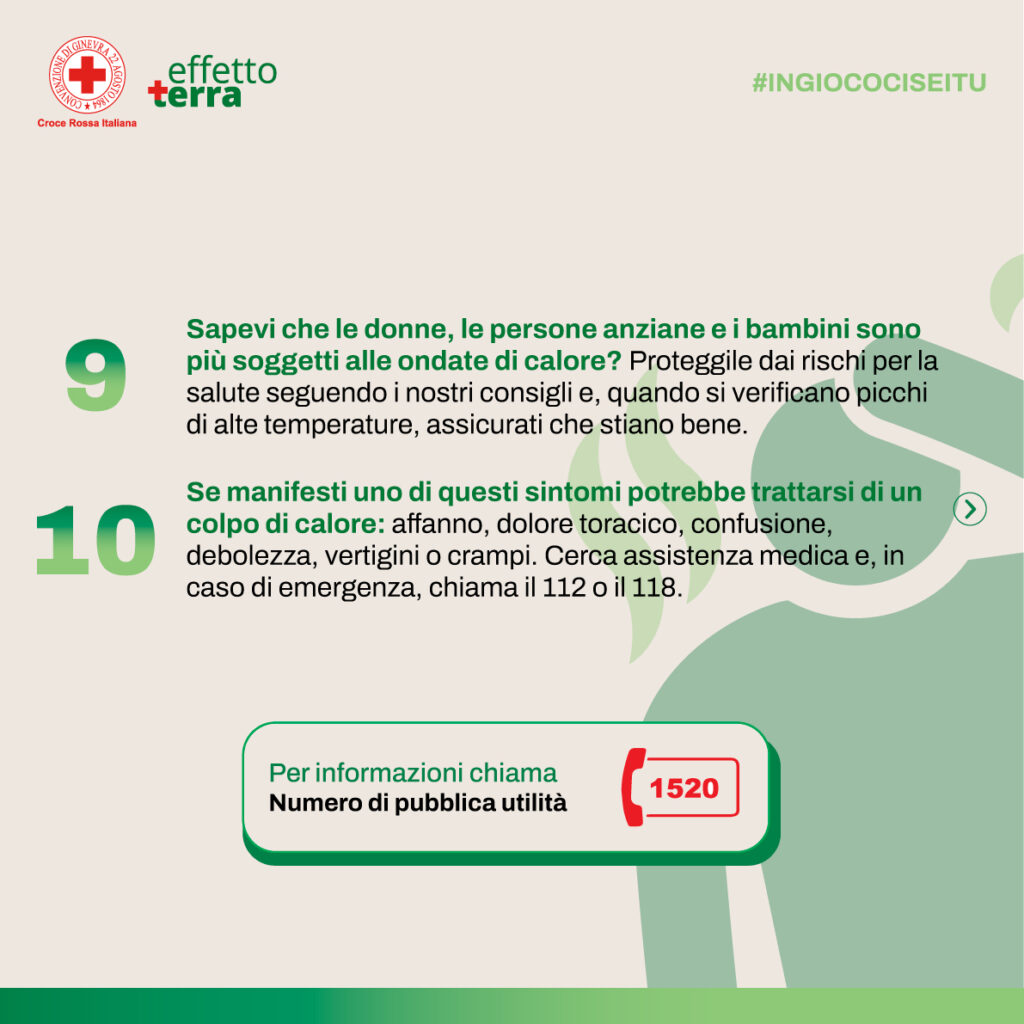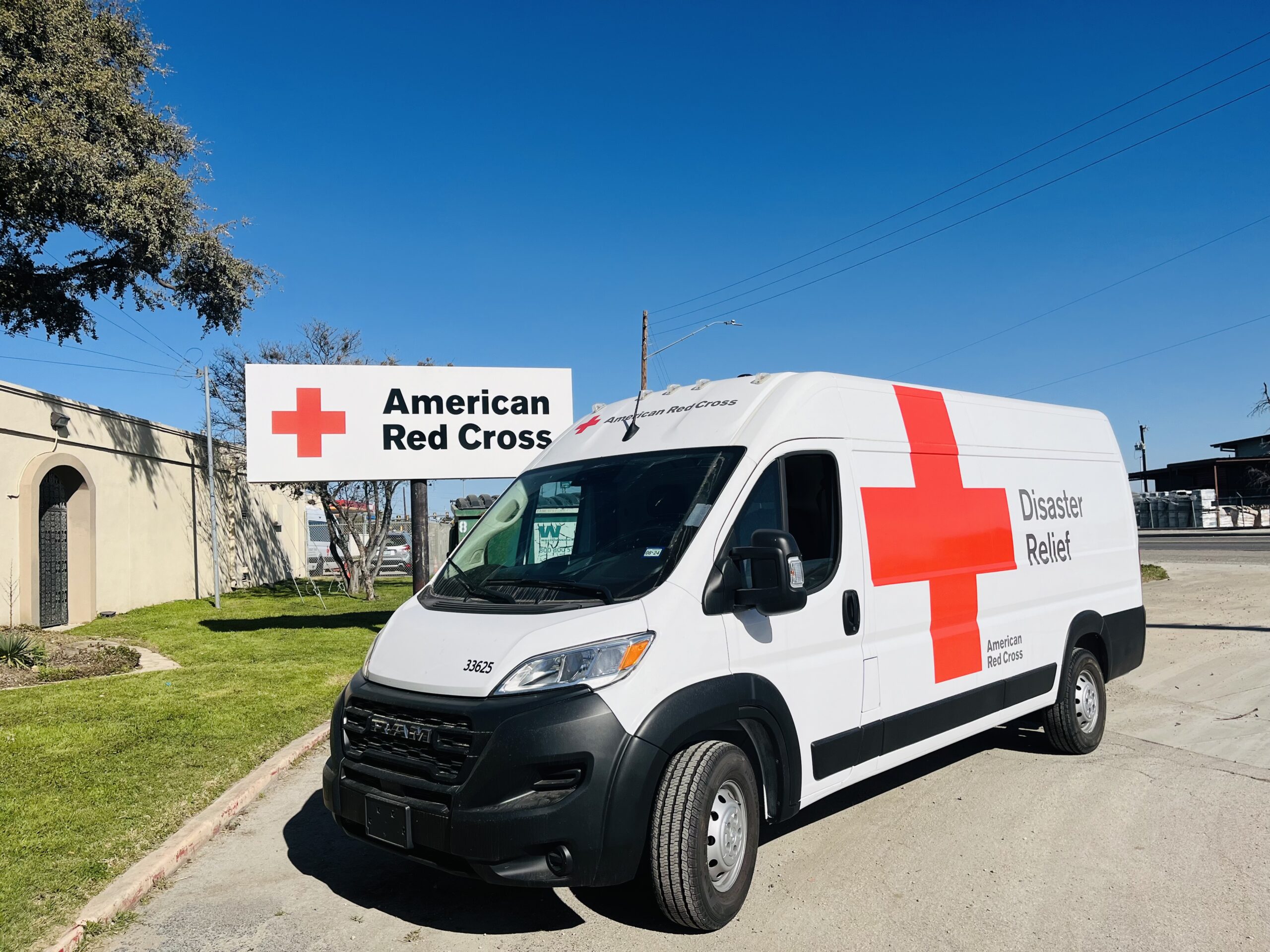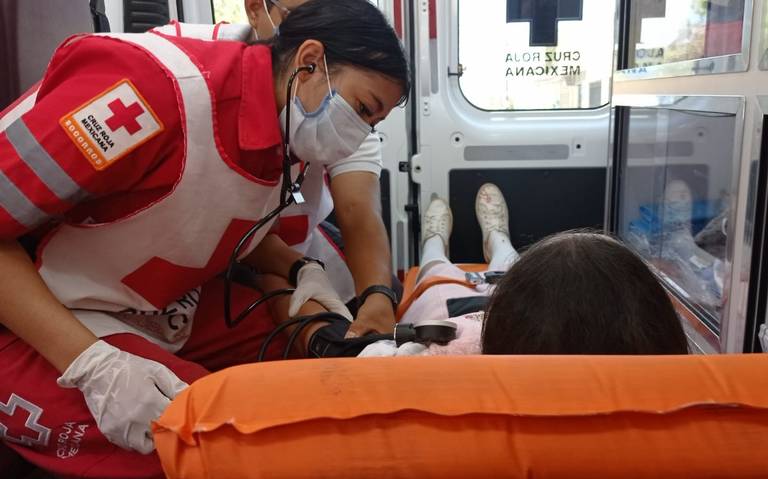The Weather of Hell: Experience of Italian Red Cross During 2023 Heat waves
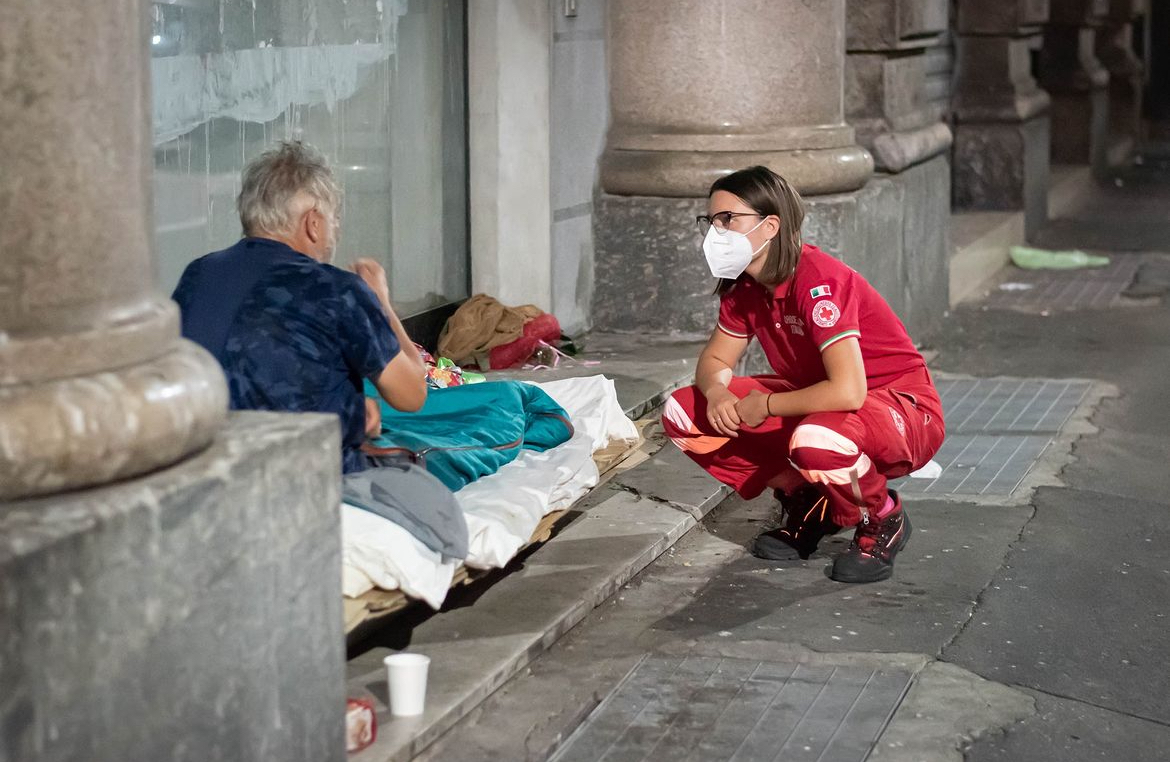
2023 was officially named the hottest year on record, marked by scorching heatwaves across the globe. As the frequency and intensity of heatwaves are projected to rise, it is crucial to prepare and reduce risks to save lives. The Global Disaster Preparedness Center (GDPC) asked National Red Cross Red Crescent (RCRC) Societies to reflect on their response to 2023 heatwaves and share lessons learned to better prepare for future extreme heat events.
This case study explores the preparedness and response efforts by the Italian Red Cross (Croce Rossa Italiana) during the 2023 heatwaves, which pushed temperatures as high as 48.8°C (118.4°F). The focus is on showcasing effective response strategies and drawing insights from the lessons learned to improve preparedness for future heatwaves.
Context
In July 2023, Italy and southern Europe experienced a heatwave, with temperatures first reaching 38°C (100°F). The heatwave was caused by an anticyclone named Cerberus, followed by a more intense one called Caronte, sending temperatures above 40°C (104°F) in central and southern regions, with peaks of 48°C (118.4) in Sicily and Sardinia.
The heatwaves were unofficially named named by the Italian weather website iLMeteo after mythological creatures: “Cerberus,” the three-headed dog that guarded the gates of the underworld, and “Caronte” (Charon in English), the ferryman of the underworld. iLMeteo has been using mythological references to name high-pressure regions causing extreme heat in Europe since 2017, stating it helps alert the public about the risks and dangers of heatwaves.
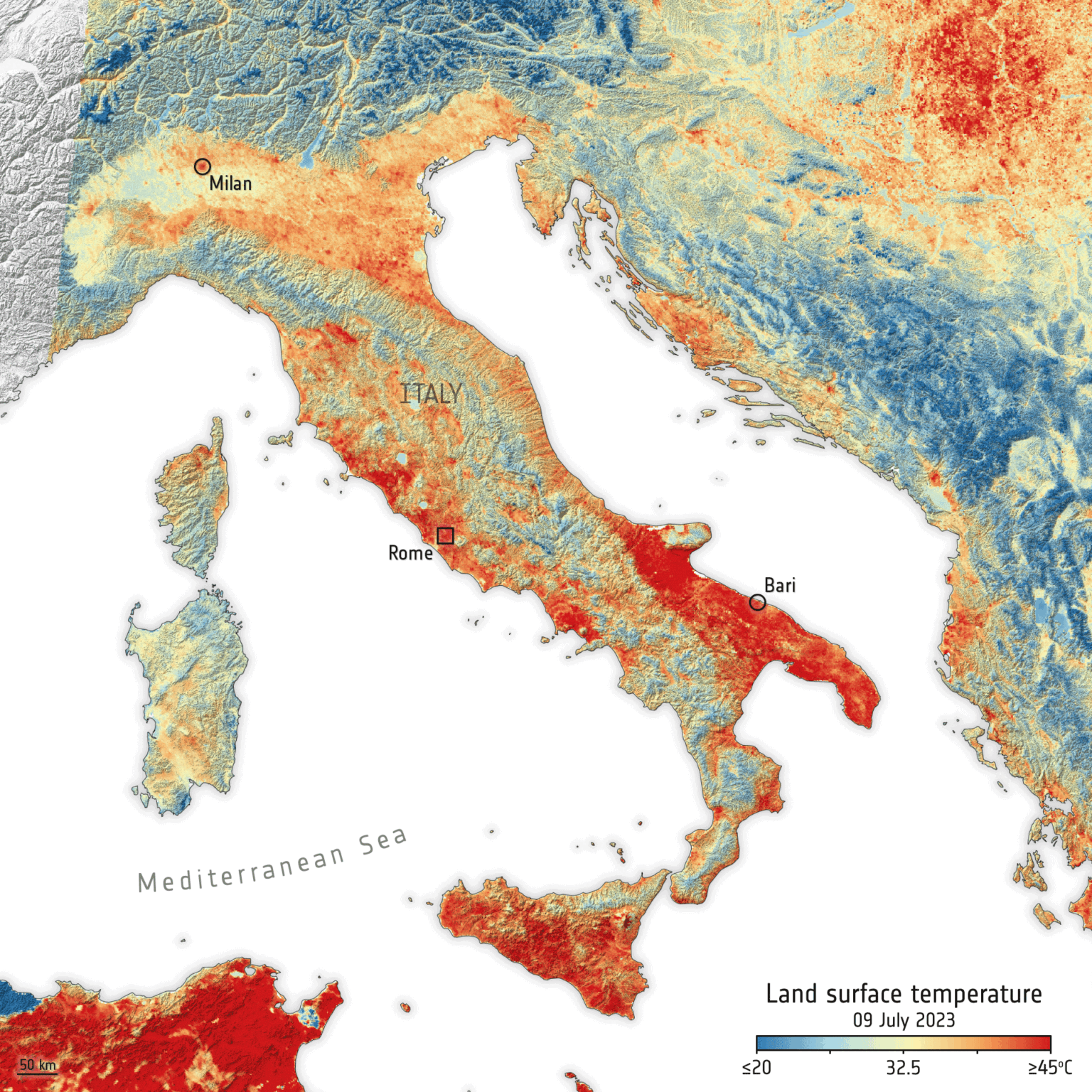
Atmospheric conditions, less cloud cover, and longer days during summer months lead to increased heat exposure and maximize threats. This affects vulnerable groups like the elderly, children, and pregnant women, in particular. Heat waves increase pressure on health services and can also spark wildfires and environmental risks.
Early reported victims of Cerberus and Caronte included a 44-year-old worker in Lodi, outside Milan, who collapsed due to heat stress. Six men died from heat stroke in the middle of their workday in the same region. In Rome, tourists collapsed on their way to the Colosseum. Cities like Cagliari, Palermo, Florence, and Bologna warned people to avoid the sun from 11 AM to 6 PM.
In 2022, Italy had one of Europe’s highest heat-related death rates, with over 18,000 fatalities attributed to heatwaves per a study in Nature. The heatwaves disproportionately affected age groups 65-79+ years and caused 56% more heat-related deaths among women in those age groups.
The Italian Red Cross Actions
“10 Commandments” for Coping with Extreme Heat
Since July 10th 2023, when the early summer heatwave began affecting parts of Italy, the the Italian Red Cross re-launched the Effetto Terra (Earth Effect) information campaign in partnership with other organizations. This served to raise awareness about the danger of extreme heat and good practices for mitigating risks.
Originally launched in 2021, the Effetto Terra campaign focused more broadly on improving the public understanding of climate change adaptation and mitigation. However, given the pressing urgency of extreme summer heat episodes, the campaign was adapted to focus on preparedness and response to heatwaves.
As part of this awareness-raising campaign, the Italian Red Cross published an updated decalogue outlining 10 key tips or “commandments” for coping with heatwaves, focusing especially on vulnerable groups. The campaign used traditional media like television and radio, digital platforms and social media channels to share information. Other actions included organizing flash mobs where Red Cross volunteers directly engaged the public by distributing informative flyers and materials. Local branches also provided direct support to vulnerable families and individuals, such as supplying items to help cool down houses.
- Go out only during the coolest hours of the day and if possible frequent parks and tree-lined areas. The presence of vegetation lowers the temperature by several degrees.
- If you leave the house, bring a water bottle with you and check that there are drinking fountains along the route. There are many apps that can help you find them.
- Always carry a hat and sunscreen with you.
- In the heat the body needs fewer calories. Eat small and light meals, prefer fruit and vegetables. A good diet for heat and for the planet.
- If you don't have an air conditioner or want to limit its use keep the rooms in your home cool by keeping windows and shutters closed during the day and open in the evening. If you use air conditioner, do not exceed 5 degrees of difference with the outside temperature. On the other hand, if you use a fan, remember not to point it directly at yourself or other people.
- Drink plenty of water and avoid alcoholic beverages which increase dehydration. Remember that tap or fountain water has a lower environmental impact.
- Don't neglect clothing. Loose clothing and natural, light-colored fabrics can help you regulate your body temperature.
- Before travelling, check the weather forecast and prepare in advance.
- Did you know that women, older people and children are more susceptible to heat waves? Protect them from health risks by following our advice and, when peak temperatures occur, make sure they are comfortable.
- If you experience any of these symptoms it could be heat stroke: breathlessness, chest pain, confusion, weakness, dizziness or cramps. Seek medical assistance and, in case of emergency, call 112 or 118
The goal of the awareness campaign was to circulate accurate, reliable and evidence-based information so citizens could take preventative actions to avoid heat-related health issues. Messaging also aimed to spur self-reliance and proactive self-care when responding to weather extremes. “People often view the Red Cross as a ‘superhero’ entity that can wave a magic wand and make problems disappear. We need to shift this mindset, so citizens see themselves as empowered ‘first responders’ when crisis hits,” noted Andrea Giovannoni, Head of Emergency Department for the Italian Red Cross.
A Hotline for Support and Companionship
In addition to the 10-point decalogue, the Italian Red Cross also publicized the phone number for its dedicated National Response Call Center hotline (1520). The Center serves as a critical hub that manages calls and connects them with the appropriate regional office for people to receive safety information, request home delivery of essentials like food or medicine, or access to companionship over the phone. The publication of the decalogue was covered by the national media, leading to many calls to the Italian Red Cross Response Center and activating local branches to provide immediate assistance when necessary and possible.
Following hotline requests, the Red Cross branches provided services including home grocery and medication delivery for older people who were unable to go outside due to high temperatures, roundtrip ambulance transportation for members of the community in need, and information to help identify the symptoms of dangerous heat-related medical emergencies. The hotline played a dual role, offering services to the public and serving as an internal communication channel for the Red Cross to collect and share real-time information about community needs with local branches.
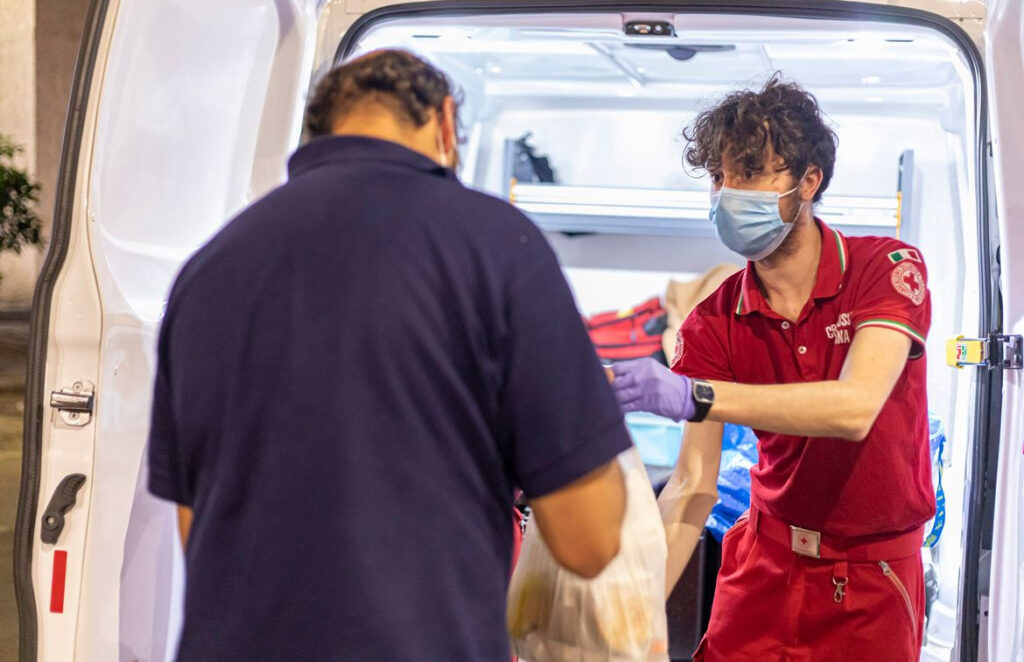
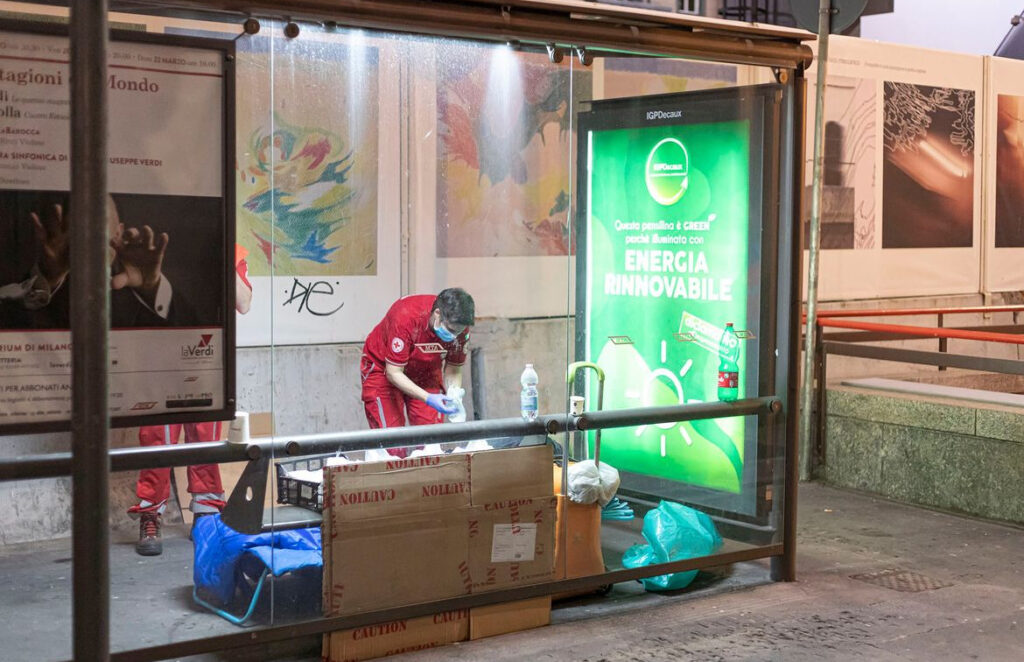
Valerio Mattia, a coordinator for the National Response Center in the Italian Red Cross, highlighted the companionship phone-in program as a key measure to address the needs of high-risk people.
“Many senior citizens across Italy are impacted by loneliness and lack of social contact,” said Mattia. “Simultaneously, this demographic often bears the most severe health consequences when extreme temperatures hit. By providing a caring voice, answering questions, and sharing heat coping suggestions, our simple conversations can provide major comfort during difficult times.”
Mattia also emphasized the importance of coordination and collaboration across all levels of the organization to better respond to community needs.
“By working in close collaboration with all other Italian Red Cross units and departments, our aim is to keep call center operators as updated as possible. We continually integrate the latest data from our Monitoring, Evaluation and Learning team so that our people are prepared to address public information requests and offer timely support. This means not only closely tracking our organization's initiatives, but also maintaining open cooperation with governmental agencies like the Civil Protection Department on their ongoing relief programs.”
Door-to-door approach
In addition to mass communication efforts, the Italian Red Cross also activated its network of volunteers to spread awareness of heat-related risks and respond to heatwaves. Volunteers engaged in activities such as distributing water bottles and setting up cooling centers.
In smaller cities, volunteers took an even more personal approach – conducting house visits to inform and support vulnerable groups. Volunteers checked in on isolated seniors, pregnant women, and others at heightened risk, identifying pressing needs, sharing heat safety information, and providing vital reassurance during stressful times. Mattia emphasized the importance of these interactions: "It's about addressing their feelings of loneliness and the sense of being overlooked by the community, which often arises during emergencies”.
Good practices from the Italian Red Cross’ heat wave response
Key Lessons Learned
As 2023 was the warmest year on record globally, projections indicate 2024 may surpass it, increasing the likelihood of longer and more severe heatwaves. By studying other Red Cross and Red Crescent Societies' efforts during extreme heat events, we can adapt best practices to improve our own preparedness for the coming summer and future years.
This is especially crucial for heatwaves. Despite being among the deadliest natural hazards, their negative impact can largely be prevented with the right preparedness and risk reduction measures in place. By learning from peer National Societies, we can fine-tune our systems to face the challenges ahead while sharing best practices across our global network.
Written by: Adriana Mangones | Edited by: Vladislav Kavaleuski

